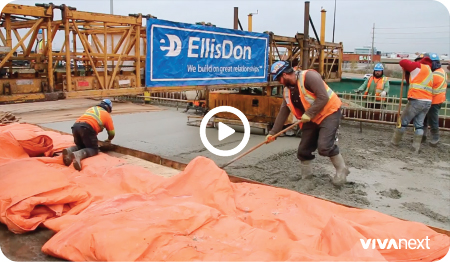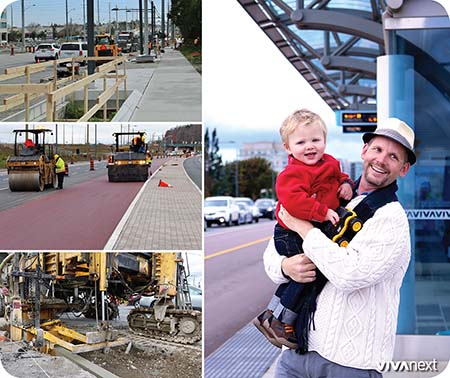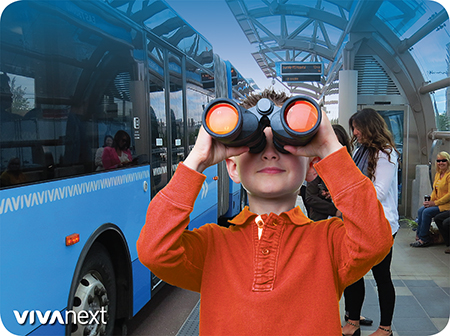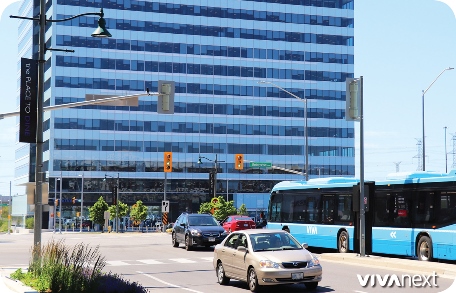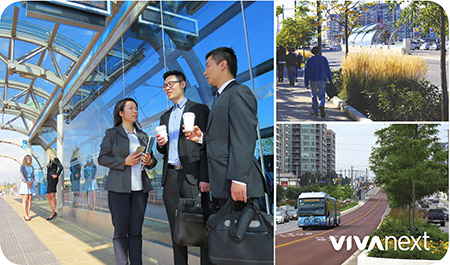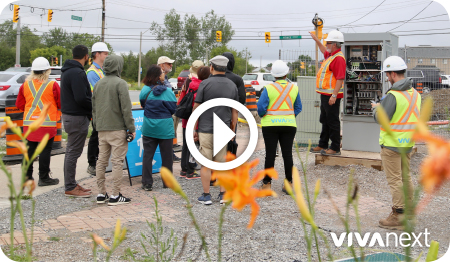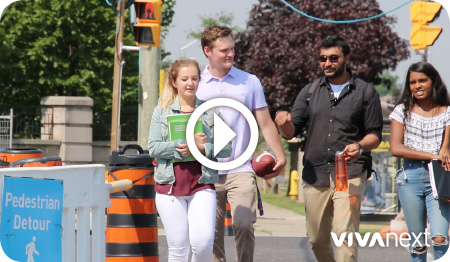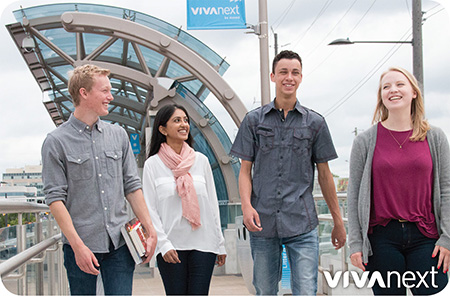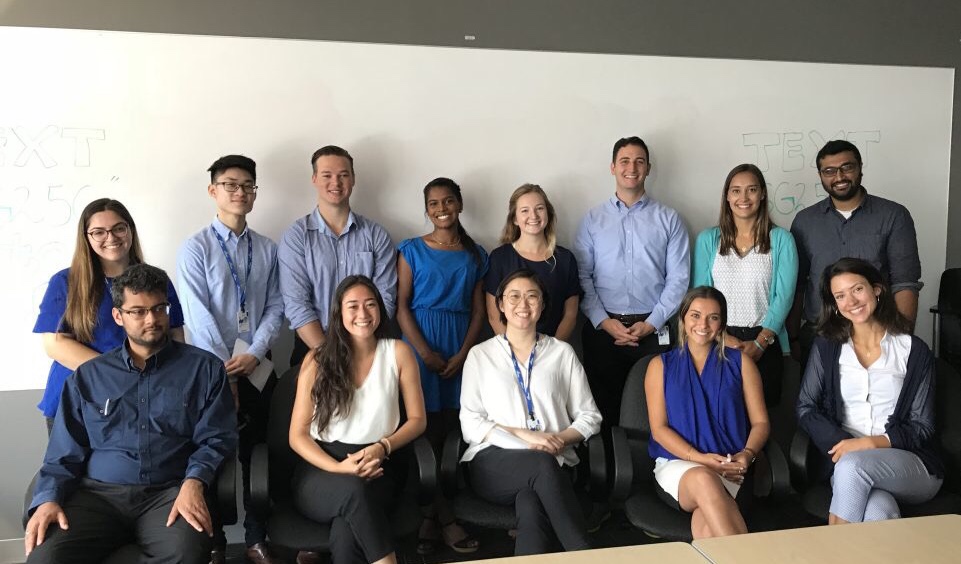
When we grocery shop for family, we include healthy food choices because we know that having them easily accessible helps us make the better choice.
Why do we try that new yoga move, join a softball league, take a class, learn an instrument or change to a new career? We want try new things and make healthy choices because it makes our lives better. And we’re most likely to make those choices when they’re right in front of us, and they seem easy.
Transit is another choice that people make when it’s right in front of them, and seems easy. If there were transit stations right near your home and work, where you knew you could always catch a ride in 15 minutes or less, where you could pay in advance so you didn’t have to fumble with coins, would you be more likely to choose transit? How about if you knew it would zip you past traffic, and you could do something else with your time instead of drive? You could text a friend, get started on work emails, or just look at pretty pictures on Instagram.
We plan for what we want our lives to be and we invest in change. This is why, when we plan communities, we plan them for all types of mobility. Viva provides fast, convenient transit that bypasses traffic in a dedicated rapidway. Also communities are getting larger sidewalks and bike lanes along the new rapidways, so people can move around quickly and safely.
When we build rapidways, there’s usually a jump in the number of customers when a segment first opens, but we know it doesn’t happen overnight. It takes years of people watching the transit run like clockwork, years of new development in the area, before real changes happen. Markham is a good example, where rapidways opened in 2013/2014 and since then development has grown steadily along Highway 7 East and in Markham Centre. Soon, York University will have a campus there to add to the vibrant community where people come to learn and play.
York Region is growing in many areas, and this has created a need for more rapid transit segments – especially on Yonge Street from 19th/Gamble to Mulock Drive, and on Highway 7 in western Vaughan and in eastern Markham. We’re planning for the future. To see a map of how [and where] we’re building to be our best, click here.

